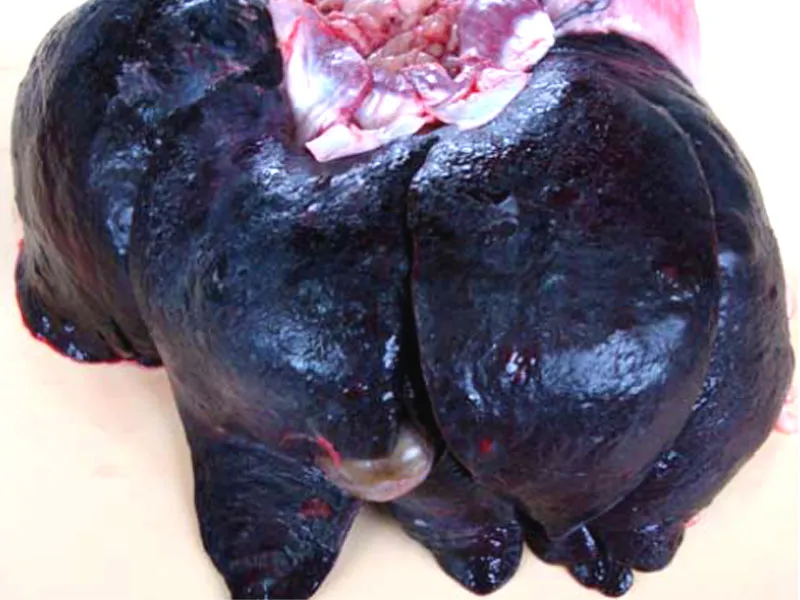Equine Multinodular Pulmonary Fibrosis Associated with Equine Herpesvirus 5 in a Horse in Brazil
DOI:
https://doi.org/10.24070/bjvp.1983-0246.007004Keywords:
EHV-5, equine multinodular pulmonary fibrosis, herpesviruses, horse, pneumonia, respiratoryAbstract
This report describes the first diagnosed case of equine multinodular pulmonary fibrosis associated with equine herpesvirus 5 (EHV-5) in a horse in Brazil. A 7-year-old Thoroughbred mare from a stud farm in southern Brazil died after a chronic respiratory disease characterized by tachypnea, respiratory distress, and cough accompanied by weight loss, anorexia, and intermittent fever. Hematological findings included mild neutrophilia, lymphopenia, and hyperfibrinogenemia. At necropsy the cadaver was extremely emaciated and the lungs did not collapse when the rib cage was removed. Significant gross lesions were restricted to the lungs and consisted of numerous, firm, coalescing nodules widely distributed throughout the organ. The nodules were 1-5 cm in diameter, pale tan-white, and sharply demarcated from the scant normal lung parenchyma. Microscopically, the nodules consisted of marked expansion of the interstitium by wellorganized, mature collagen and infiltration by lymphocytes, macrophages, neutrophils and occasional eosinophils. Cuboidal epithelial cells lined the alveoli in affected areas and their lumina were filled with a moderate to high number of neutrophils and foamy macrophages, which occasionally displayed oval amphophilic intranuclear inclusion bodies. Nucleic acid sequence analyses of amplicons from polymerase chain reaction assays targeting the viral gBand gHgenes showed closest homology with multiple corresponding sequences of the gB and gH genes of EHV 5 available in GenBank.


